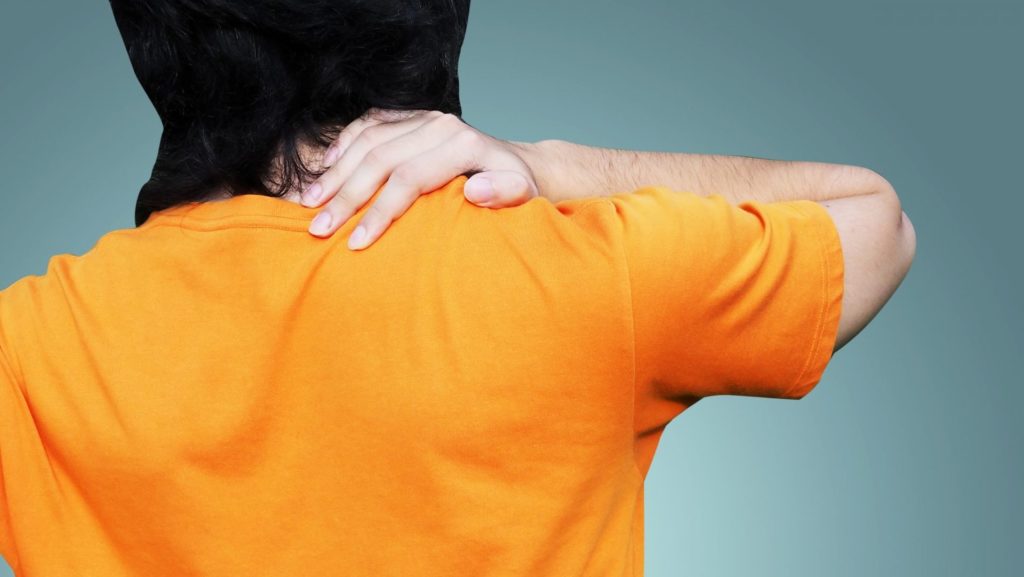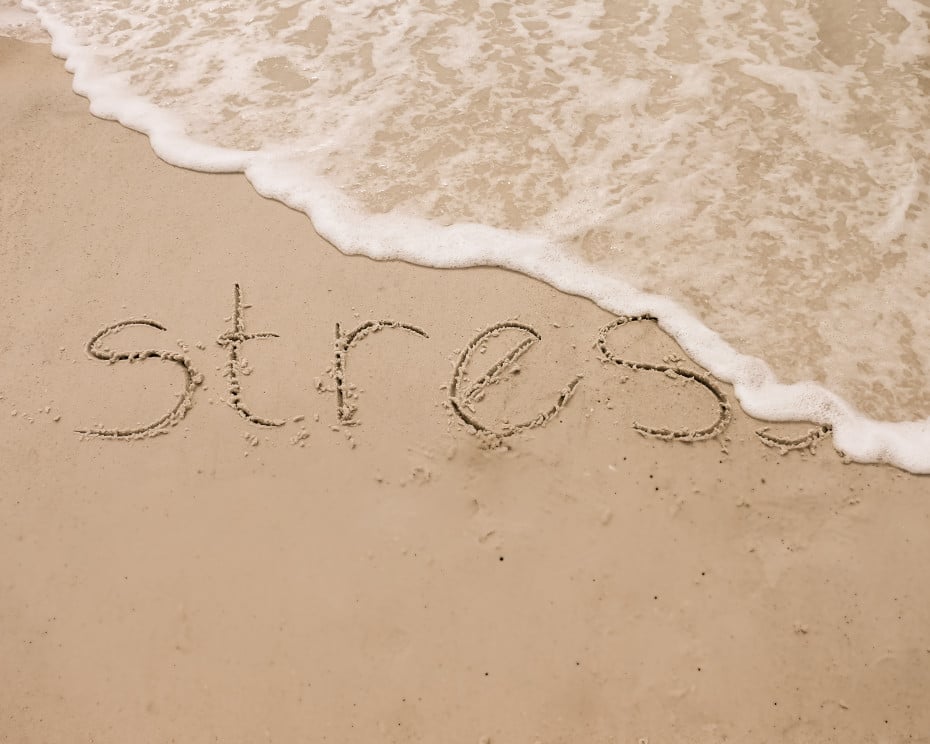Can Chronic Pain Be Reduced by CBD?
A recent report by the Institute of Medicine stated that over 116 million Americans are currently living with chronic pain and most are undertreated. The term “chronic” usually refers to pain that lasts three to six months, though some doctors define it as “pain that extends beyond the expected period of healing.” Many types of pain such as joint pain or back pain usually fall into this category.
Chronic pain is associated with higher rates of depression, anxiety, sleep disturbance and decreased physical activity.
Most people with chronic pain are treated with conventional pain medications that have serious side effects such as stomach upset, bleeding in the gut, nausea, constipation, decreased appetite, drowsiness, and addiction. Frequently opiates are prescribed, which has led to a major health problem in the US because they are so addictive. Also, many people feel these medications don’t even provide adequate relief and often find they become more anxious and depressed from their poor quality of life. With all of the negative side effects, some patients believe these treatments are almost as bad as the pain itself.
More Relief, Less Pain
NOTE FOR FIRST TIME READERS: Cannabinoids – such as CBD and THC – and terpenes are the main medically active components in cannabis (aka marijuana). For more information on these components, and much more about the plant, see our section on the Science of Cannabis.
For years, a prescription synthetic cannabinoid (like Marinol) was all that was available but rarely worked as well as natural cannabis itself. Recent studies showed using just one cannabinoid compound gave only limited relief of pain as compared to the using all of the cannabinoids found in the plant together. A study from McGill University found that smoking cannabis significantly reduced pain, improved quality of sleep and lessened anxiety in patients who had not responded to conventional pain therapies.
There is a growing body of evidence to support the benefits of medical cannabis used in conjunction or as a substitute, for prescription opiates in the treatment of chronic pain. Studies have also shown cannabis as an effective anti-inflammatory.
In a clinical setting, cannabinoids lead to a greater cumulative relief of pain, which may result in a reduction in the use of opiates along with the associated side effects. This has been confirmed by many patients who stop or limit their use of opiates, NSAIDs, and muscle relaxers when they use cannabis. They consistently report significant relief of pain and much better sleep. And they also have better relationships at home and at work because they are not irritable from the pain.
Additionally, cannabinoids can prevent the problems of withdrawal from opiates as well as the build-up of tolerance. When a dosage has become ineffective, it appears that cannabis can rekindle the pain relief properties of prescription opiates. A new study suggests that patients undergoing methadone maintenance treatment who use cannabis can decrease the symptoms of opiate withdrawal. One reviewer states, “Many patients in a palliative care setting who are currently on long-term opioids for chronic pain could potentially be treated with either cannabis alone or in combination with a lower dose of opioids. From a pharmacological perspective, cannabinoids are considerably safer than opioids and have broad applicability in palliative care.”
What Types of Cannabis Should You Use?
Pain is subjective, and many patients say the best benefit of cannabis is that it can change their perception of pain. They may say, “I don’t know if my pain is better, but it bothers me less.” In this case, a THC rich cannabis that does alter perception is preferred. In addition, THC has generally been shown to be more effective than CBD for pain.
A typical regimen might be 10 mg of THC by edible or tincture 3x/day. For those who prefer to smoke or vaporize for pain management, if the pain is chronic, they would have to inhale every 3-4 hours. Another way to get THC into your system without being too altered is to mix it 1:1 with CBD to decrease psychoactivity, which would double the dose, i.e. 20 mg of the mix 3x/day, or 4 puffs every 4 hrs.
As far as choosing a strain, consider what other effects you want. Are you using it during the day, then use a Sativa. If before bed, use an Indica. The dosage regimen for replacing opiates with cannabis is individualized and should be done under professional supervision. We suggest that you talk to your doctor before using cannabis for treating your chronic pain.
References
Abrams DI, et al. Cannabinoid–opioid interaction in chronic pain. Clinical Pharmacology and Therapeutics. 2011, 90(6): 844-851.
Bushlin I, Rozenfeld R, Devi LA. Cannabinoid-opioid interactions during neuropathic pain and analgesia. Current Opinion in Pharmacology. 2010, 10(1): 80.
Carter, GT, Flanagan, AM, Earleywine, M, Abrams, DI, Agarwal, SK, Grinspoon, L. Cannabis in palliative medicine: Improving care and reducing opioid-related morbidity. American Journal of Hospice and Palliative Medicine, 2011, 000(00): 1-7.
Johnson JR, et al. Multicenter, double-blind, randomized, placebo-controlled, parallel-group study of the efficacy, safety, and tolerability of THC:CBD extract and THC extract in patients with intractable cancer-related pain. Journal of Pain and Symptom Management. 2010, 39(2): 167-179.
Karst M, Wippermann S. Cannabinoids against pain. Efficacy and strategies to reduce psychoactivity: a clinical perspective. Expert Opinion on Investigational Drugs. 2009, (18)2: 125-133.
Lucas, P. Cannabis as an adjunct to or substitute for opiates in the treatment of chronic pain. Journal of Psychoactive Drugs. 2012, 44(2): 125–133
Lynch ME, Campbell F. Cannabinoids for treatment of chronic non-cancer pain; a systematic review of randomized trials. British Journal of Clinical Pharmacology. 2011, 72(5): 735–744.



